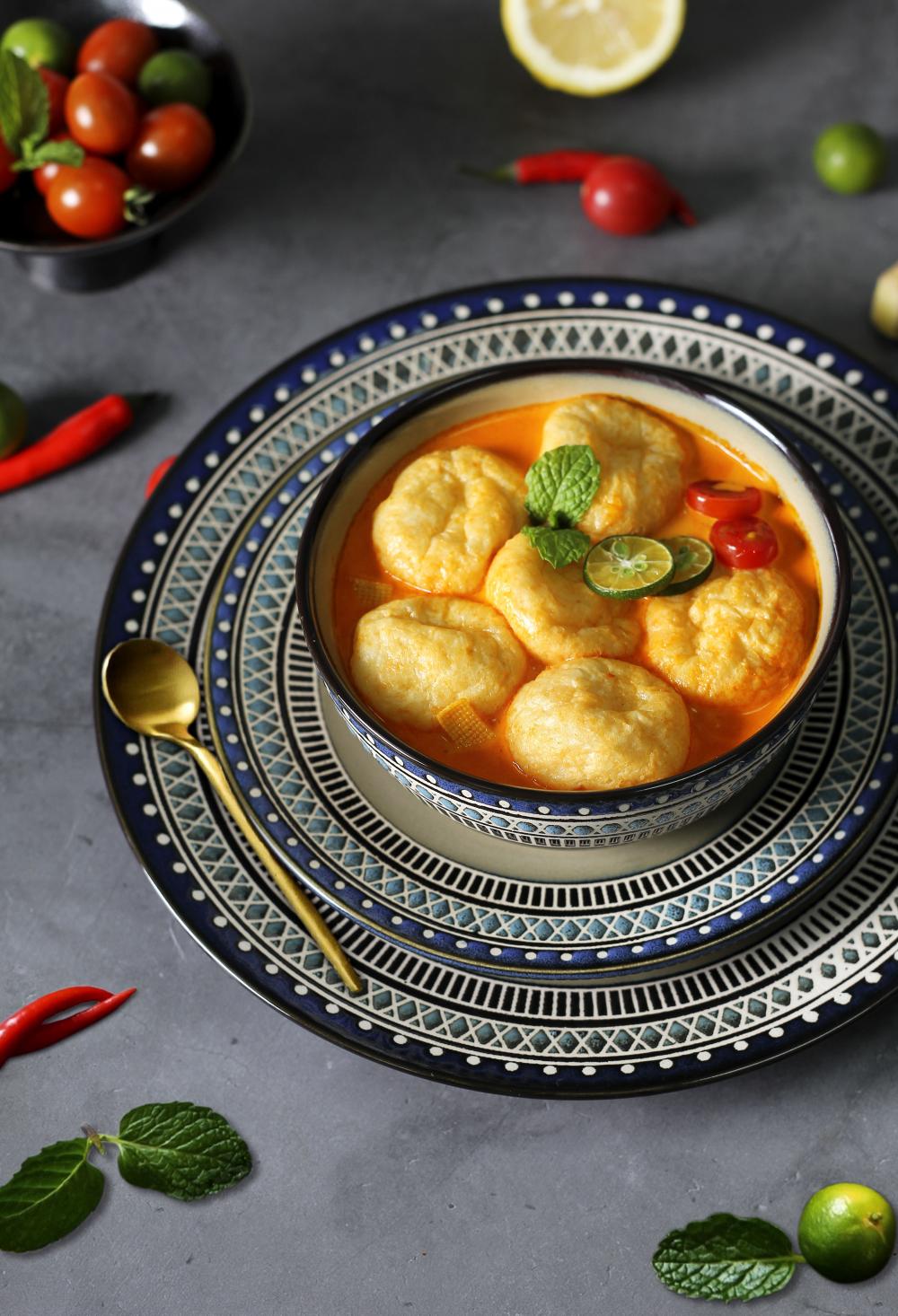The variety of yogurts on the market has dazzled many consumers. In order to let readers better understand the similarities and differences of these yogurts, we start with yogurt. The usual yoghurt is obtained by fermenting milk. In fact, other milk can also be made into yoghurt, but there are not many products on the market. We will only discuss yogurt made from milk. Milk is mainly formed of protein, lactose and fat dispersed in water. Lactose has good solubility in water and has little effect on the appearance of milk. The fat is dispersed into small particles, which are surrounded by proteins. During fermentation, lactic acid bacteria convert lactose into lactic acid, and the acidity in milk increases. As the acidity increases, the interaction forces between protein molecules have changed, and protein molecules have linked to each other, forming a huge network. This "protein network" contains lactose, water, and fat particles. Macroscopically, it is milk that becomes very "sticky" and "sour". This is an ordinary yogurt. When milk turns into yoghurt, lactose is converted into lactic acid, and essential components such as protein, fat, and calcium are not changed substantially. Because many people are lactose intolerant, drinking milk can cause diarrhea and abdominal pain, and when it becomes lactic acid, there will be no such problem. So, for people who are lactose intolerant, yogurt can solve their problem of ingesting dairy products. Lactobacillus fermentation will make milk naturally sticky, but the final yogurt can be glued to what extent, mainly related to the solid content of milk. The total amount of lactose, fat, and protein in milk is usually 10%. The resulting yogurt is often not sticky. Sometimes it seems to be solid, but it is easy to break. To obtain a more viscous semi-solid yoghurt, it is necessary to increase the solid content. The simplest and straightforward method is to add milk powder, which is equivalent to fermenting with high-concentration milk, and the result is “pure†“solid yogurtâ€. The taste of yogurt is closely related to the fat content. However, the fat in milk is mainly saturated fat, but also with more cholesterol. It is generally believed that the fat in milk helps to increase the risk of cardiovascular disease, so people tend to reduce the fat in dairy products, or even simply eat "non-fat dairy products." Fat that has been stripped of fat has a lower solids content, and the resulting yogurt is more “unlike†yogurt, and its taste is also degraded. In order to solve this problem, people will add some food gums, the most commonly used modified starch, gelatin, pectin and so on. The addition of these ingredients, on the one hand, makes the yoghurt "sticky" enough to become the usual semi-solid, and on the other hand it can mimic the taste of fat to some extent. This is the "old yoghurt" on the market now. It can be said that the appearance of old yogurt is only to improve the taste. The addition of a thickener does not increase "nutrition" nor damage nutrition. Another way to improve the taste and flavor is "fruit yogurt." Compared with the old yogurt, the fruit yoghurt is added with fruit granules. Because fruit itself is a good food, people can think that "fruit yogurt" has certain nutritional advantages. However, this advantage is simply a superposition of nutrients, and there is no difference between drinking yogurt and eating fruit. "Children's yogurt" is a variety of micro-nutrients added. The "nutrients" added by different manufacturers are not the same, so different products cannot be generalized. In general, this is not different from adding iron to soy sauce, adding vitamins to flour, and adding various minerals and vitamins to breakfast cereals. The concept of "children's yogurt" is more of a marketing requirement. Sour milk drinks and yogurt can not be considered the same food. It is a drink, not a yogurt, but only a "beverage containing some yogurt." As for the amount of yogurt that contains ingredients, you need to look at the specific product. There is also a "normal temperature yogurt" on the market. Strictly speaking, it actually does not meet the definition of yogurt. According to the definition of national standards, there must be more than 1 million live bacteria per milliliter of yogurt. "Ultimate yoghurt" kills most of the bacteria by high temperature treatment after the end of the fermentation and can be stored at room temperature. There is no major change in the flavor, texture and nutrient content of this yogurt, but only live bacteria are not present. In the end, the living bacteria in yoghurt have no “health care functionâ€, and the scientific community has so far had no clear evidence to affirm or negate it.
Keywords---Fish Curd, Side Dish, Sauce, Pot, Boil
Ingredients:
Fish Curd, Side Dish(Dried Day Lily, Rice Noodle), Tomato Sauce
Directions:
1. Add 500ml of water along with tomato sauce pouch into a pot to boil.
2. Add the side dish into the pot and wait for 2-3 minutes
3. Add the fish curd into the boiling soup until they float(1-2minutes). Then pour the soup and the fish curd into a bowl before serving
Fish Beancurd,Frozen Fish Tofu,Chinese Fish Tofu,Chinese Fish And Tofu Recipe Guangzhou Luxe Seafood Enterprises Ltd. , https://www.seafoodluxe.com
What did you drink when you drank yogurt?
Next Article
What are the benefits of eating apples every day?
Prev Article
How to choose imported autoclave